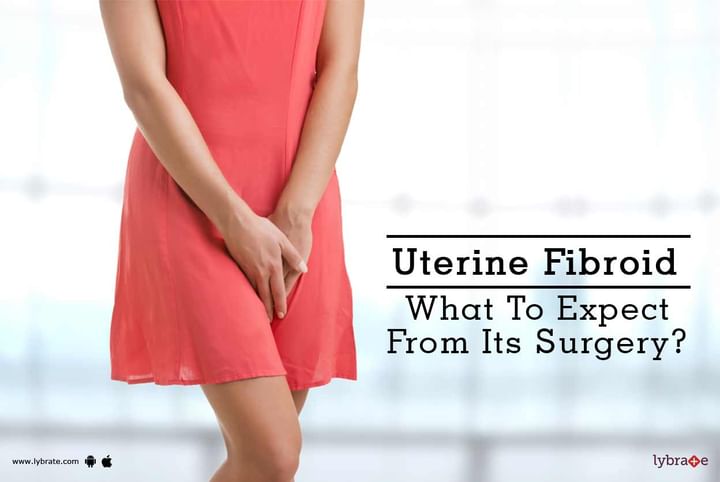Uterine Fibroid - What To Expect From Its Surgery?
It is very common for women to have heavy and painful periods or have a feeling of fullness in the lower abdomen. Although, it may not sound very alarming these could be the symptoms of uterine fibroids. These are the most common types of benign tumours found in women. The fibroids are basically some tissues and muscle cells that grow within the uterus, outside the uterus, or along the wall of the uterus. The fibroids are usually benign and asymptomatic and do not require any treatment unless they cause problems.
Know the causes
Though the exact cause of fibroid formation is not known, it is believed that the female hormones estrogen and progesterone have a role to play in their formation. Fibroids are formed only when a woman is producing these hormones and they are not seen in women in non-reproductive age i.e. before starting of menses or after stoppage of menses (menopause). If fibroids are persisting even after menopause or especially if increasing in size then it is an alarming sign. Such a fibroid needs to be taken care of immediately.
What are the symptoms?
Fibroids often remain quiet for long periods of time. They cause nonspecific symptoms in the pelvis and abdomen including:
- Fullness in the abdomen
- Low back pain
- Irregular menstruation
- Cramping with menstruation
- Painful sex
- Increased urgency to urinate
- Anemia, leading to tiredness and weakness
- Infertility Diagnosing the fibroids
When these symptoms are recurrent, it is good to confirm the diagnosis. This can happen with a pelvic exam followed by ultrasound scanning to confirm the size and location of the fibroids. A blood test also may be done to confirm anemia, which is common due to heavy periods.
Treatment Options
Management of fibroids can range from doing nothing to periodic monitoring to surgical removal.
- If pain and heavy bleeding are the only symptoms, then pain killers like ibuprofen should suffice for symptomatic relief. Anemia, if severe, may require iron supplementation.
- Embolization is an option which shrinks the fibroid, at the same time preserving the uterus. The blood flow to the fibroid is cut off, thereby preventing its further growth. It takes about 1 to 3 hours and requires some bed rest after the procedure. There could be some pelvic pain and vaginal bleeding, which will gradually subside. The fibroids may grow back, but the benefits of keeping the uterus are definitely there. This is suitable in case of single fibroid with specific blood supply.
- The next surgical option is myomectomy, where the portion of the uterus which contains the fibroid alone is removed. This is done in women who still wish to get pregnant and in women who would like to retain the uterus. This can also be achieved laparoscopically( key hole surgery). In such cases, fibroids are cut into small pieces and then removed from the body. This procedure should be done by a doctor specialised in advanced gynecological endoscopy as all this cutting should be done in a bag to avoid any spillage of cells inside the abdominal cavity. This procedure is known as Laparoscopic Myomectomy with In-bag Moecellation.
- In women who have crossed their pregnancy phase, hysterectomy or complete removal of the uterus is advised. In these women, the bleeding and pain may not have subsided even after years of treatment with hormones. The growing fibroids could be pressing on the adjacent organs, causing pressure. This is the only definitive treatment and should be done in women have completed their family and don’t desire to be pregnant.
- Myomectomy and hysterectomy may be done laparoscopically or with an open method depending on the overall health, the size and location of the fibroids in the uterus.



+1.svg)
